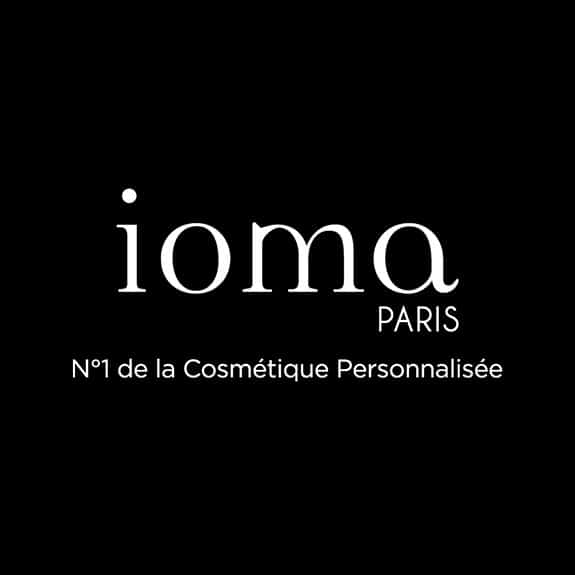What’s the difference between UVA and UVB?
When you buy sunscreen, you know that it protects against UVB and UVA rays. But do you really know the difference between them?
Did you know that there are actually 3 types of UV light? UV light is classified according to its wavelength, i.e. Its penetration into the skin.
– First are UVA rays which represent 95% of UV light. Although their effects are visible in the short term, they are still harmful because as they travel through the clouds, they impact the dermis of your skin even when you don’t think you’re exposed. These are the rays that accelerate skin ageing.
– UVBs, on the other hand, represent only 5% of UV light, but they have short-term effects. They are filtered out by clouds and windows, and these rays are the ones that will cause your skin to tan. They are also the reason you get a sunburn when you spend too much time in the sun.
– Finally there are UVC rays, which are not as well known because they are filtered out by the ozone layer and therefore do not make it to your skin (this is why you won’t find sunscreen that’s labelled “UVC”).

As you’ve surely understood by now, UVA rays are stronger and directly alter our skin’s cells and have an impact on its ageing process: these rays create deeper wrinkles, the skin is marked more quickly and, in the worst cases, UVAs can cause skin cancer. UVB rays alter the colour of the skin to a varying degree (tanning and sunburn).

What does SPF mean?
SPF (Sun Protection Factor)

SPF is a measure of the level of UVB protection. Sun protection treatments are grouped into SPF 4 levels:
The sun protection factor index was defined by Schulze in 1956 as follows: “It is the ratio of the minimum erythemal dose (MED) on skin protected by a sunscreen product to the minimum erythemal dose on the same unprotected skin. ”
SPF = MED protected skin / MED unprotected skin
In other words, if a person gets a sunburn after 5 minutes of unprotected exposure, an SPF of 50 means that it will take 4 hrs. 15 min. (50×5=250mn) to get the same sunburn if she’s wearing SPF 50 sunscreen. This explains why a sunscreen with the same SPF can protect you for a longer or shorter period of time depending on your phototype (skin tone).
PA index
The PA defines UVA protection according to Asian legislation and requires an indication of the UVA protection level. This level is expressed in “+”, and goes from 1 to 4 to express intensity.
More generally, according to the European legislation you will find it under this logo, but beware, there is no level of protection indicated:

What kind of protection? For which skin type?
As we said earlier, the degree of protection also depends on the type of skin you have. We recommend that you always choose the highest level of protection, meaning the highest index, whatever your skin type. Your tan will be more beautiful and long-lasting because the skin will not have suffered any trauma during sun exposure.
We also recommend that you reapply your sunscreen after each dip in the pool and avoid sun exposure during peak hours, especially if you have fair skin.
My ideal routine
Every day, throughout the summer, your Cell Protector SPF 50+ & PA++++ eis the ideal way to moisturise your skin and protect it from UV rays, even in the city (remember: UVA rays travel through clouds!). It also acts as a global shield against free radicals (from stress, pollution, etc.).
In case of sun exposure (lunch outside on the terrace, a day at the beach, a walk in the park, etc.), make sure you always have your compact with you Touch & Protect SPF 50+ & PA++++. Applied in an easy gesture using a puff, it provides maximum skin protection and makes your skin look refreshed.
To extend the life of your lovely tan and help your skin cells regenerate, it’s important to moisturise your skin after sun exposure. Use a moisturising body cream or an after sun treatment—both will be beneficial.
We recommend using a scrub every week to remove dead skin cells from the surface of the skin to revive your tan.









